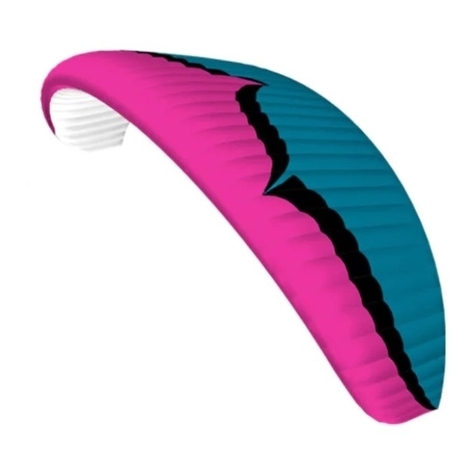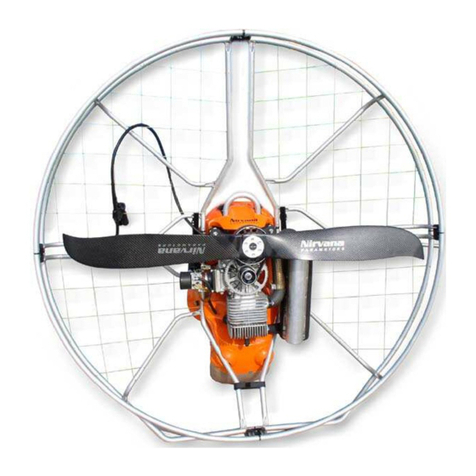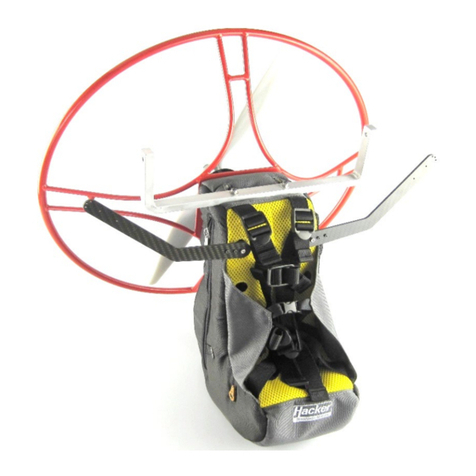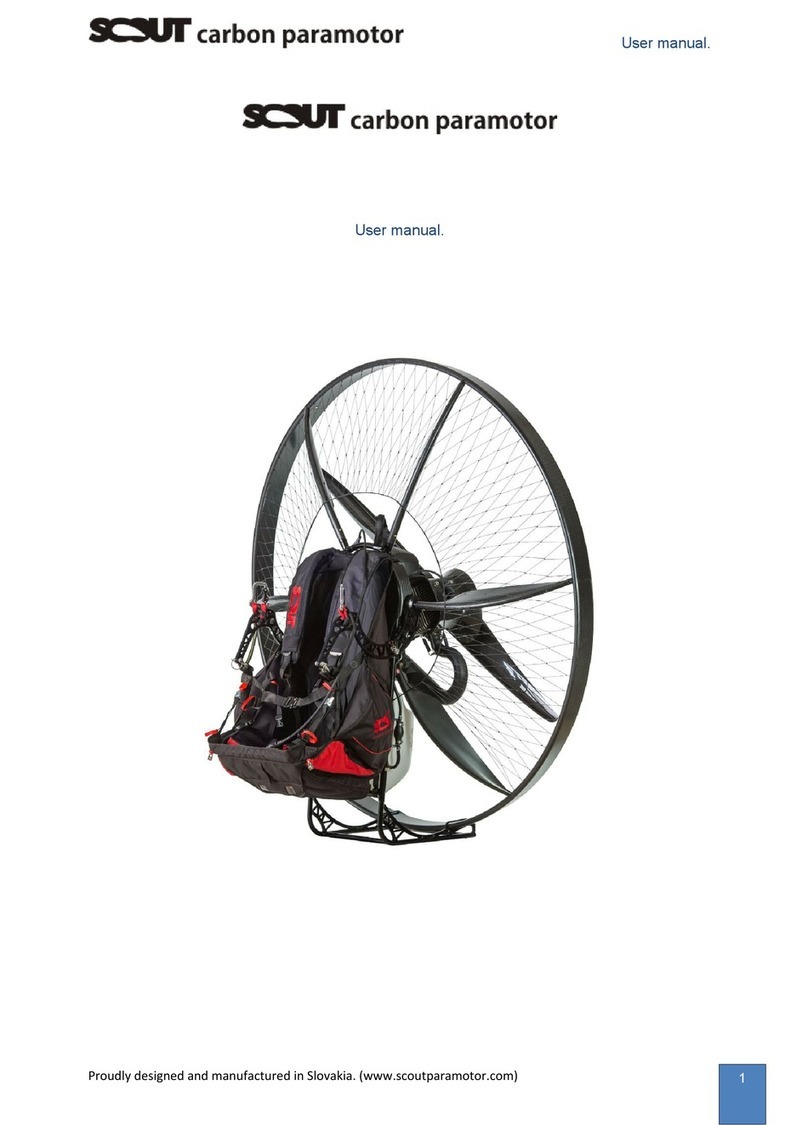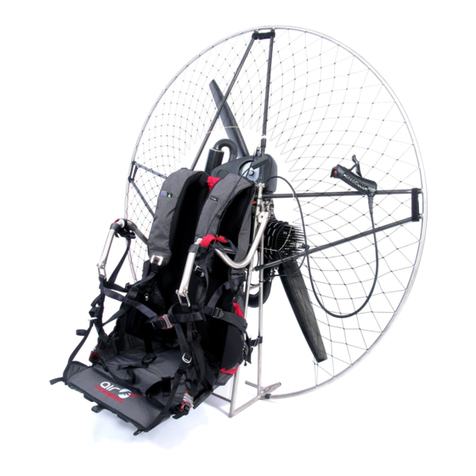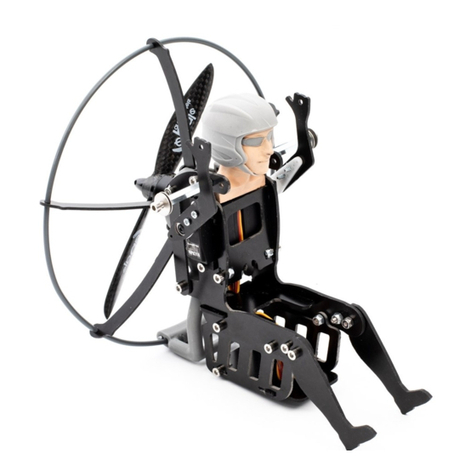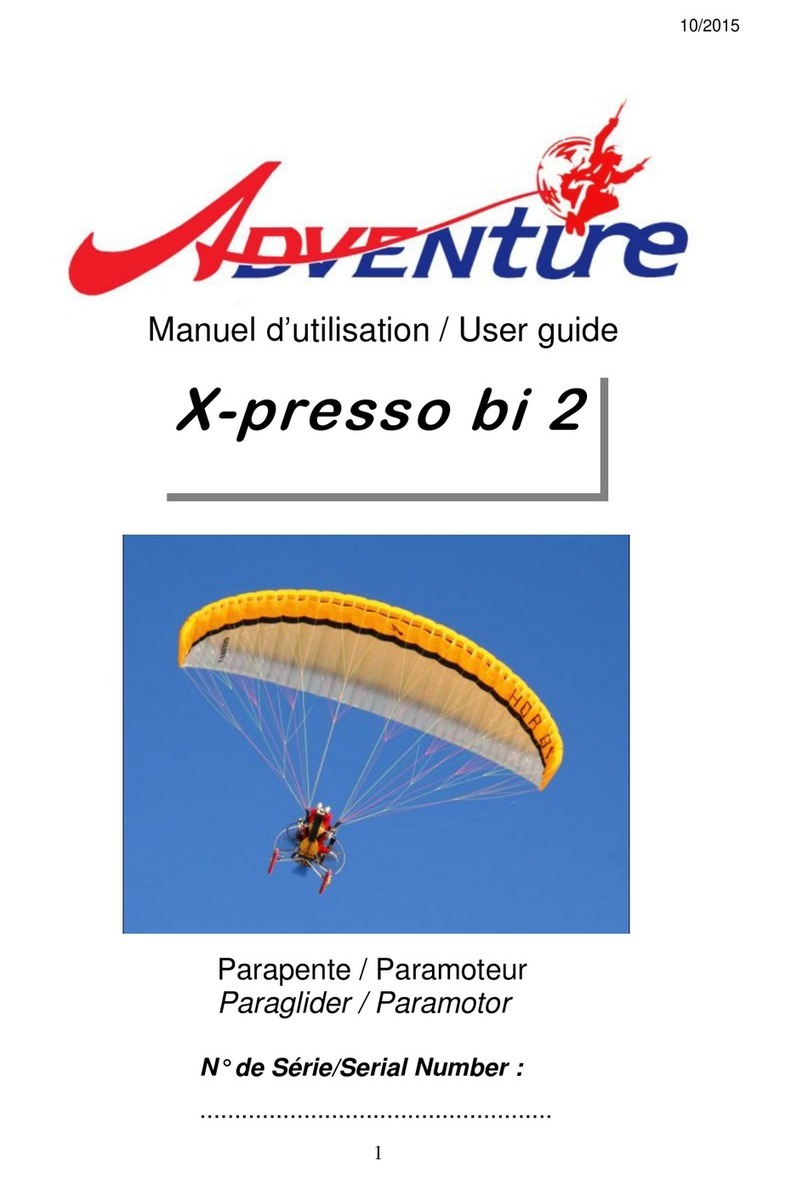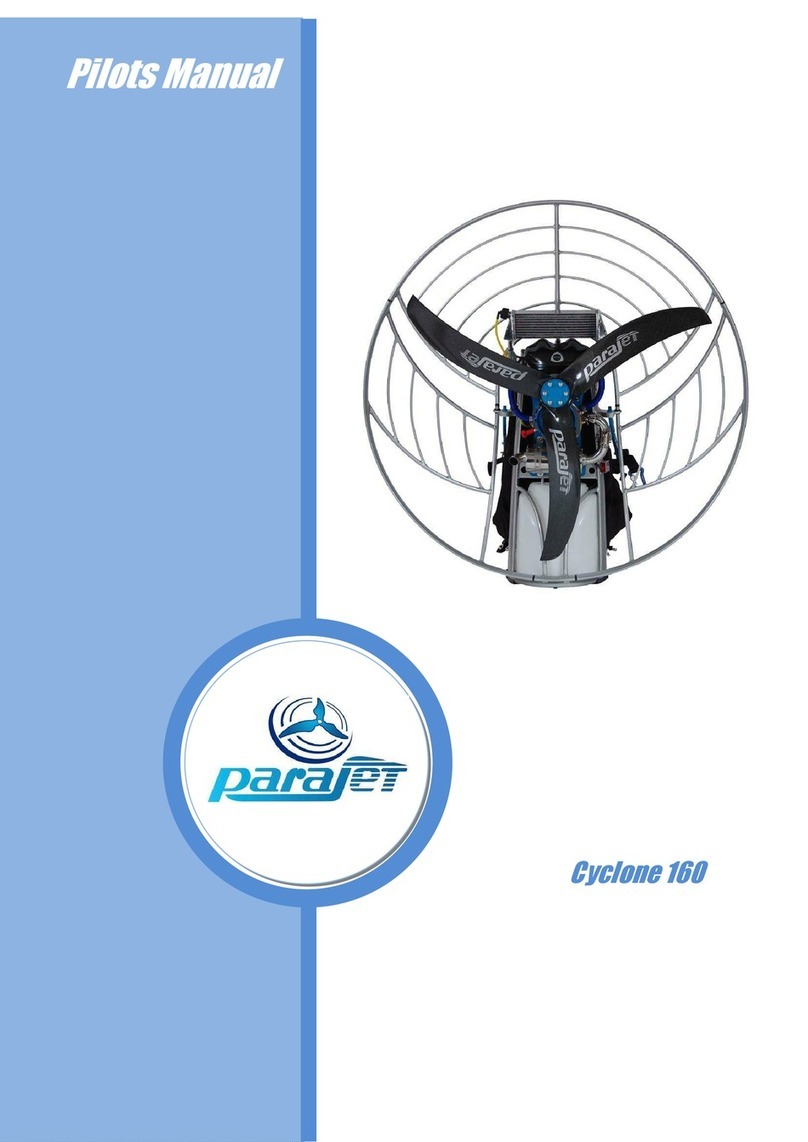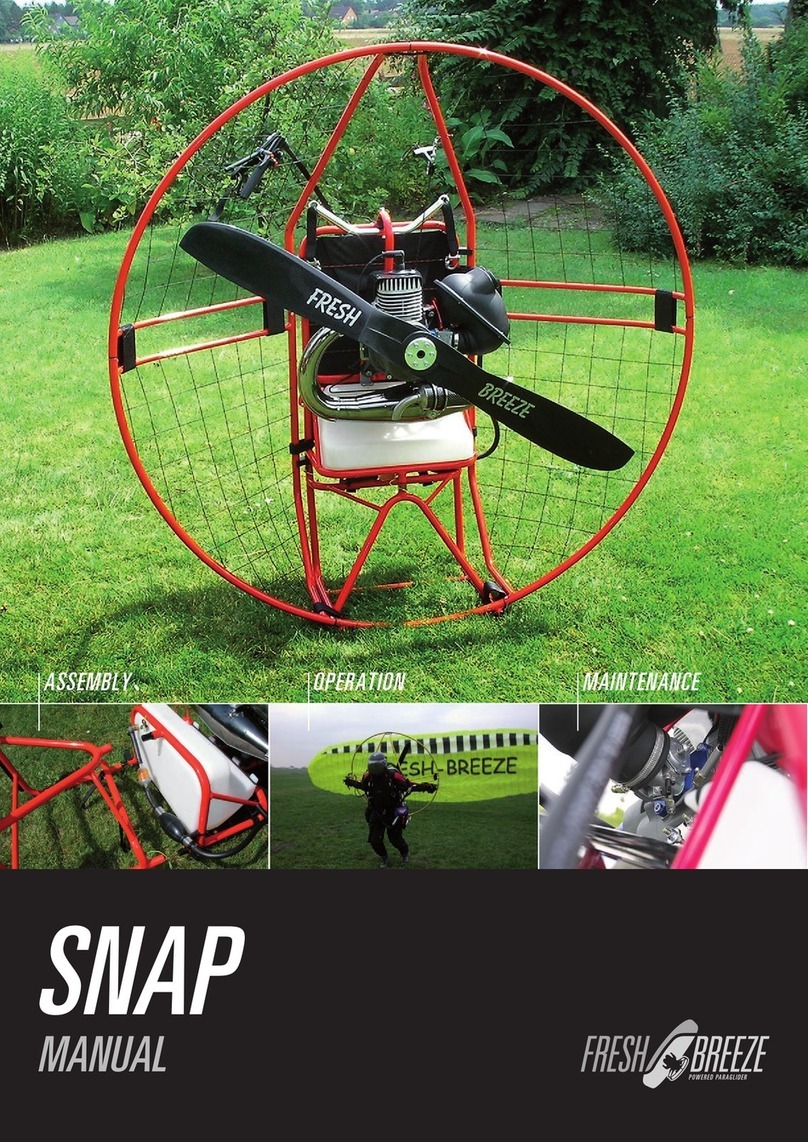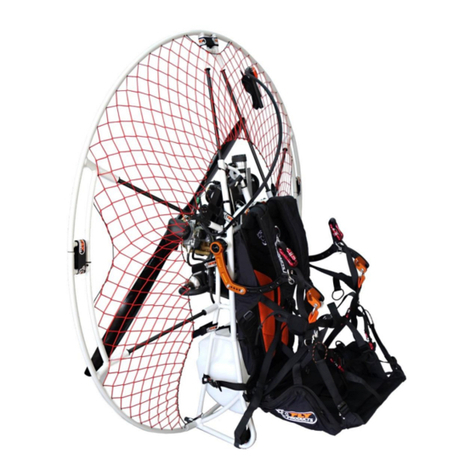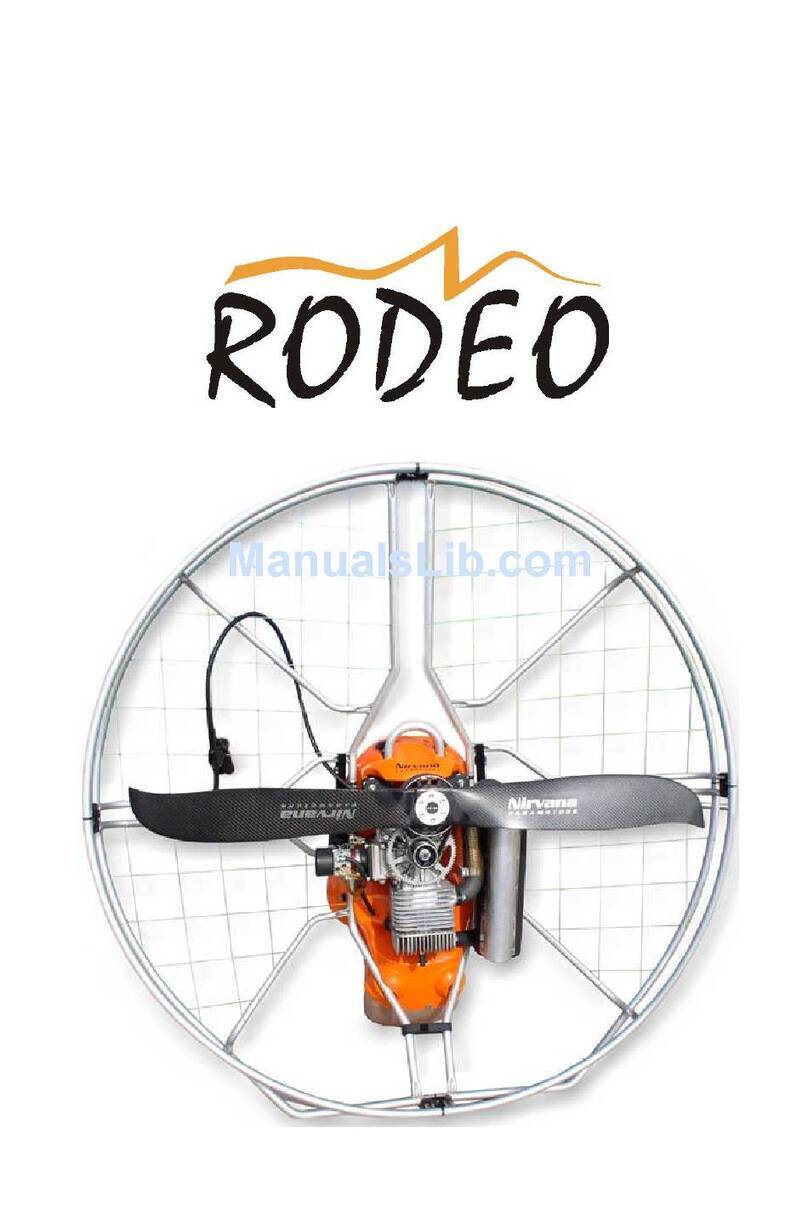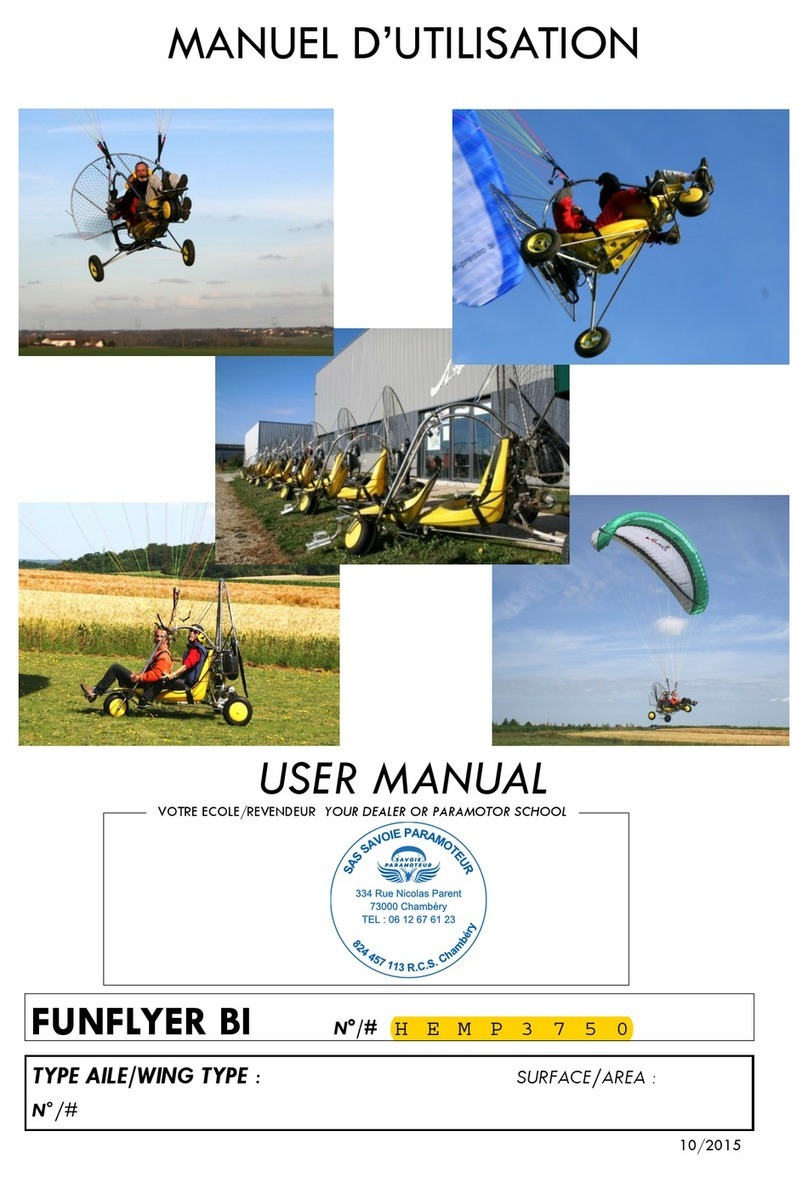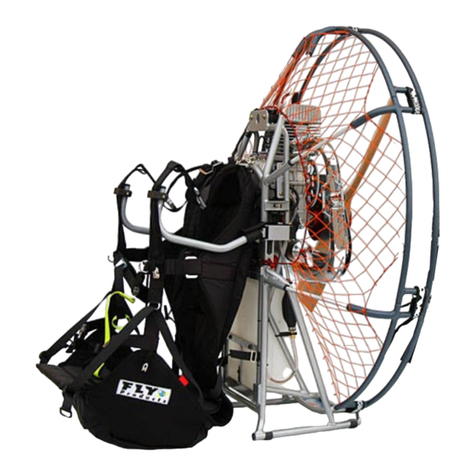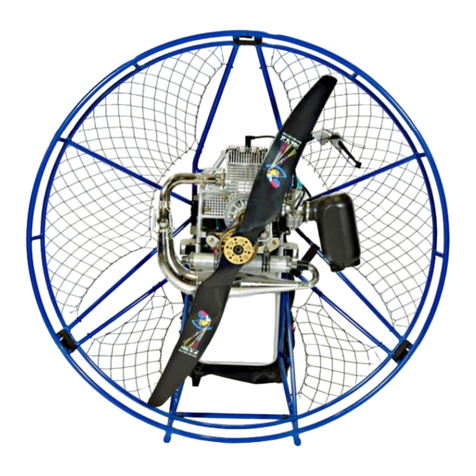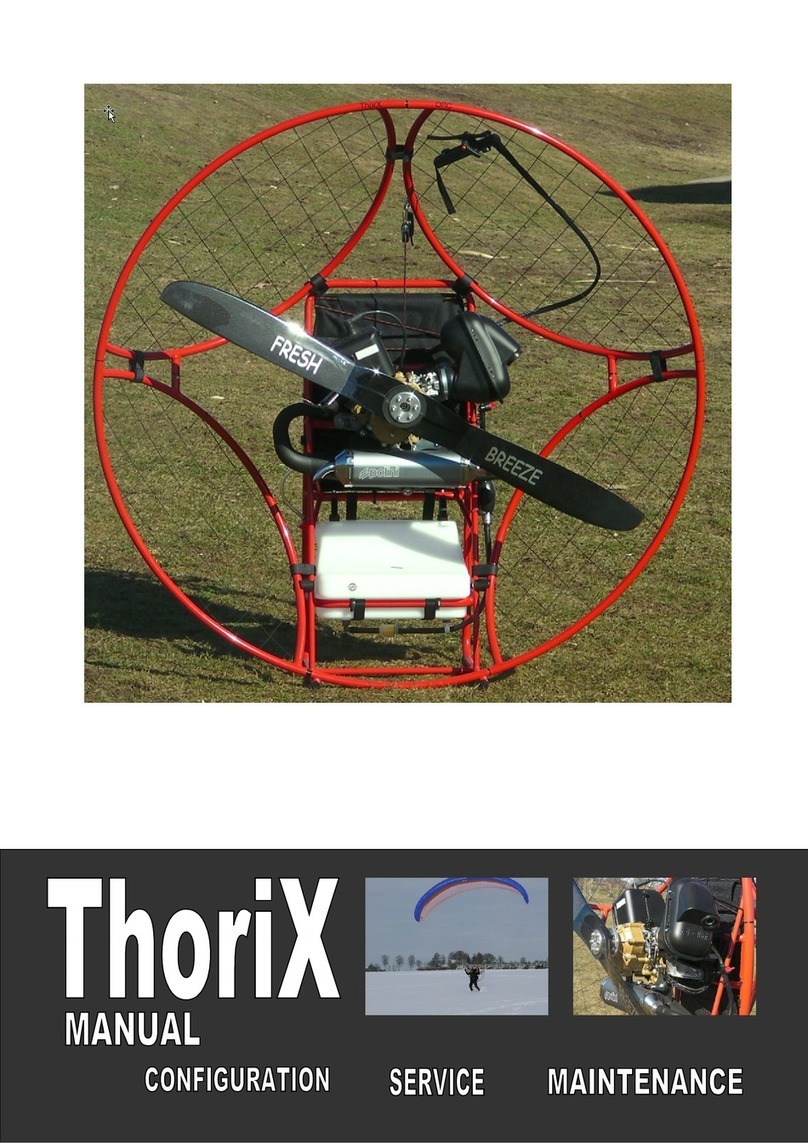3
Contents
Thankyou…........................................................................................................................................2
SafetyNotice.................................................................................................................................... 2
1.Gin Gliders...........................................................................................................................................4
2.Introducing the Boomerang 4 ...........................................................................................................5
ForPilots Who...................................................................................................................................5
Cutting-edgedesign …………………………………………………………………………………………………….5
Manufacturing …………………………………………………………………………………………………………….6
3.Beforeyou fly.......................................................................................................................................7
Pre-deliveryInspection ………………………………………………………………………………………………..7
SpeedSystem.....................................................................................................................................7
BreakLine Adjustment………………………………………………………………………………………………….8
Rucksack ............................................................................................................................................8
Yourharness ……………………………………………………………………………………………………………..9
Recommendedweight range…………………………………………………………………………….…………….9
Pre-flightsafety …………………………………………………………………………………………………………9
4.Flying the Boomerang 4 ...................................................................................................................10
Preparationforlaunch.....................................................................................................................10
Takeoff............................................................................................................................................11
Lineknots ortangles .......................................................................................................................11
Minsink /best glide.........................................................................................................................11
Accelerated flight.............................................................................................................................11
Activeflying.....................................................................................................................................12
Inturbulence....................................................................................................................................12
Losingaltitude.................................................................................................................................14
Steeringwithout brakes...................................................................................................................16
Aerobatics........................................................................................................................................16
Landingwith theBoomerang 4.........................................................................................................16
Towlaunch.......................................................................................................................................16
Motorizedflight...............................................................................................................................16
5.Care, maintenance andrepairs...........................................................................................................16
Groundhandling...............................................................................................................................17
UVdamage.......................................................................................................................................17
Packinginstructions ........................................................................................................................17
Transportand storage......................................................................................................................18
Cleaning...........................................................................................................................................18
Inspections......................................................................................................................................18
Repairs.............................................................................................................................................18
6.Technical Details.................................................................................................................................18
Testand certification.......................................................................................................................20
TechnicalSpecifications...................................................................................................................19
LinePlan ..........................................................................................................................................20
Description ………………………………………………………………………………………………………………22
